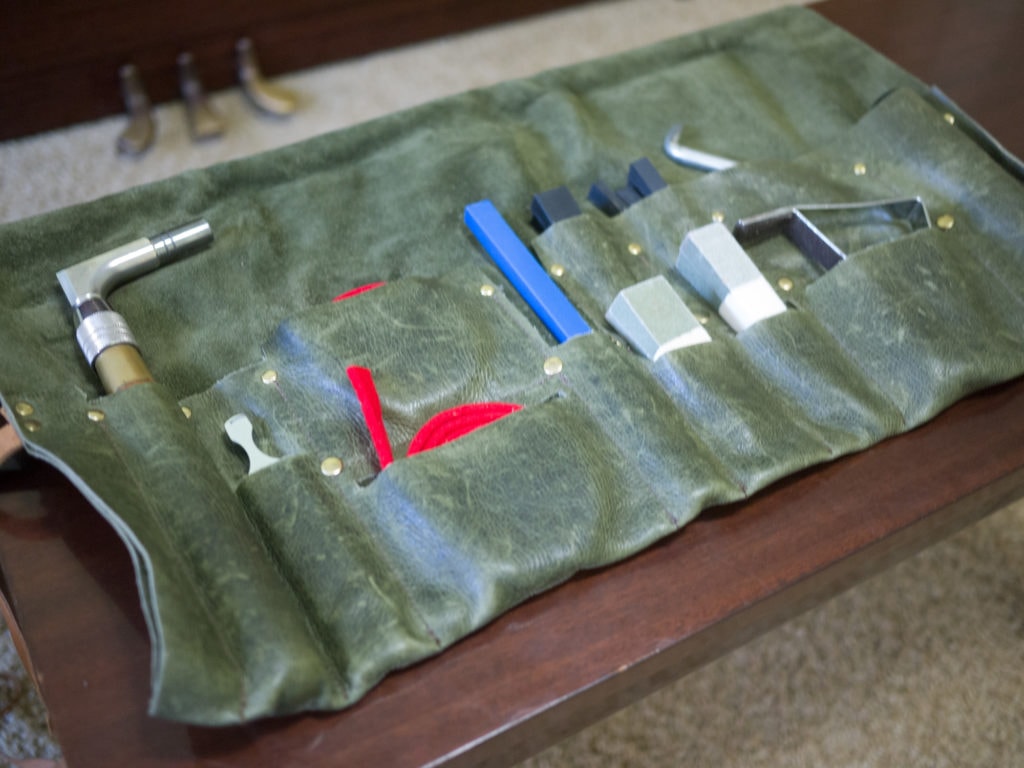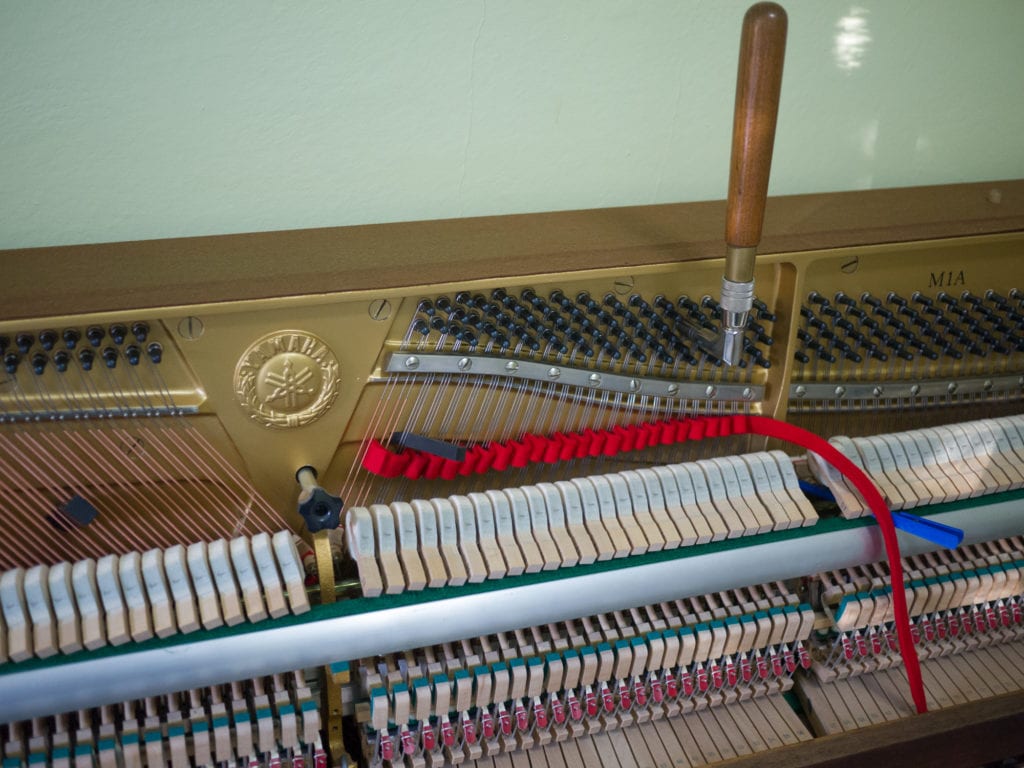One of the most common questions I get from clients is “Why do you tune by ear?” (aka “Aural Tuning”)
I get it. It’s not en vogue. There are many electronic tuning choices on the market, and even more now that the software is available as smartphone apps. In seemingly every way, tuning a piano with a machine appears to be a no-brainer. It’s faster and would therefore allow for more service calls in a day. It’s consistent. It’s not as much of a strain on the brain and ears. It’s the choice of the majority of piano tuners out there.

So, then, why tune aurally?
There are a lot of ways I could answer this question. I could talk about how tuning by ear ties into my philosophy as a piano technician to treat every piano as an individual. I could talk about how it’s the most challenging thing I’ve ever learned how to do and how I don’t want to give up something I worked so hard for. I could talk about this cool study scientists at University College London conducted on the effects of piano tuning on the brain. Or I could get really nerdy and talk about how piano harmonics deviate from mathematical norms in a way that aural tuning is best suited to compensate for. (You just heard the Charlie Brown teacher voice wah-wahing there, didn’t you.)
All of those things are true, and as I nerd I could talk at length about any of them. But the main reason is really quite simple:

I like tuning by ear. I find the process enjoyable.
I like bringing musical order to the sound chaos. I’ve always liked puzzles, and figuring out how to make all the intervals work properly in accordance with equal temperament on a piano is a fun puzzle for me. I like the meditative, soothing quality of hearing a rough sound smooth out. And most of all, I like getting to know a piano by hearing how the sound comes together.
It’s fun for me and I get to do it for a living. What’s not to like?
